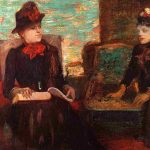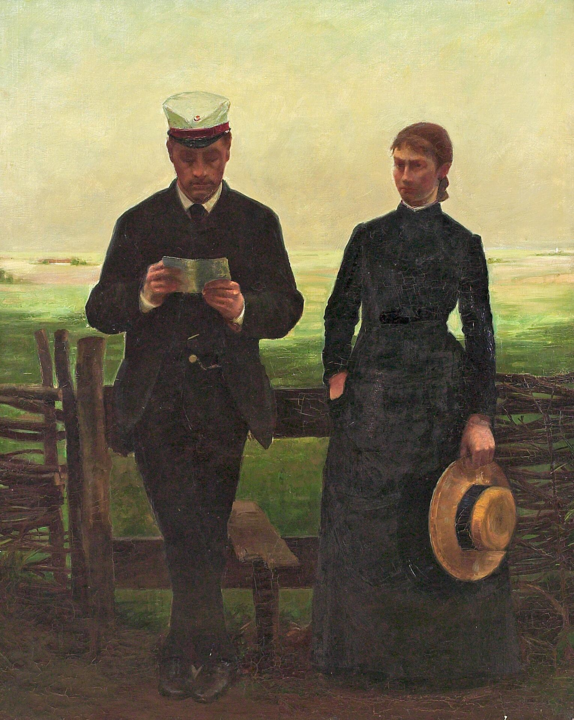
Agnes Slott-Møller, born on November 10, 1862, in Copenhagen, Denmark, was an artist whose work stands as a testament to the profound cultural and historical revival of her time. As a figure deeply embedded in the Danish Symbolist and National Romantic movements of the late 19th and early 20th centuries, Slott-Møller’s art is characterized by its intricate detail, vivid use of color, and profound engagement with Danish history and mythology. Her contributions to the visual arts are celebrated for their unique blend of historical reverence and symbolic depth, making her an influential yet somewhat overlooked figure in the broader European art movements of her time.
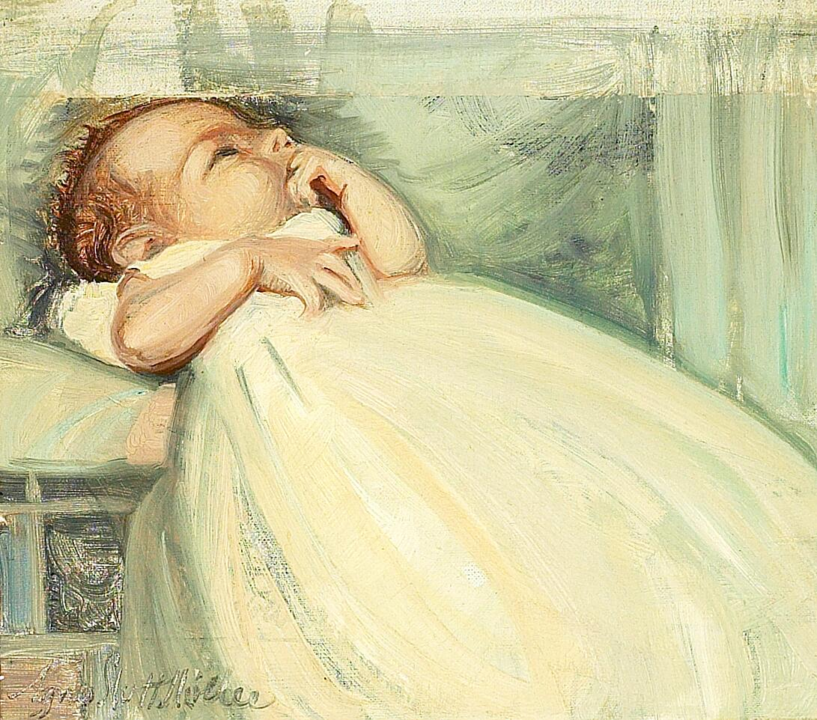
Slott-Møller was born into an era of significant cultural and political change in Denmark, a period that saw a resurgence of interest in the nation’s medieval past and folklore, driven by a desire to foster a distinct Danish identity in the face of modernization and external influences. She received her artistic education at the Royal Danish Academy of Fine Arts, an institution that, despite its conservative leanings, provided a foundation in the technical aspects of painting. However, it was her marriage to the critic and writer Harald Slott-Møller, a fellow artist and an outspoken advocate for a new direction in Danish art, that deeply influenced her artistic direction and ideological commitments.
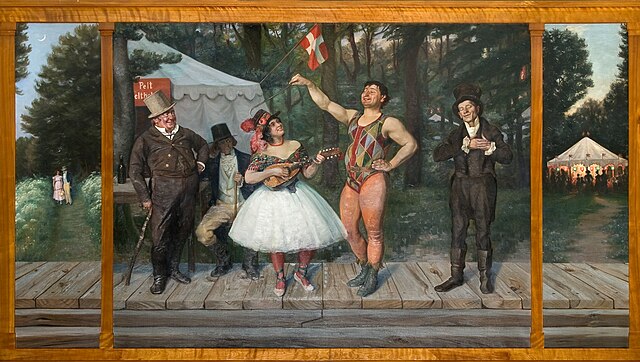
Together, Agnes and Harald Slott-Møller became central figures in the Danish cultural renaissance, actively participating in the establishment of alternative exhibitions and artistic societies that sought to challenge the academic norms of the time. They were key members of the Free Exhibition (Den Frie Udstilling), a collective that promoted artistic freedom and innovation, providing a platform for artists who were exploring new aesthetic and thematic territories.
Denmark as muse
Slott-Møller’s oeuvre is distinguished by its focus on themes drawn from Danish history and legends, reinterpreting these narratives through a Symbolist lens that emphasized emotional depth and spiritual symbolism. Her paintings often featured strong, heroic figures, and noble women from Denmark’s past, rendered with meticulous attention to historical accuracy in costume and setting. Yet, these were not mere historical reconstructions; Slott-Møller imbued her subjects with a sense of timeless relevance, using the past to comment on contemporary issues of identity, morality, and the role of art in society.
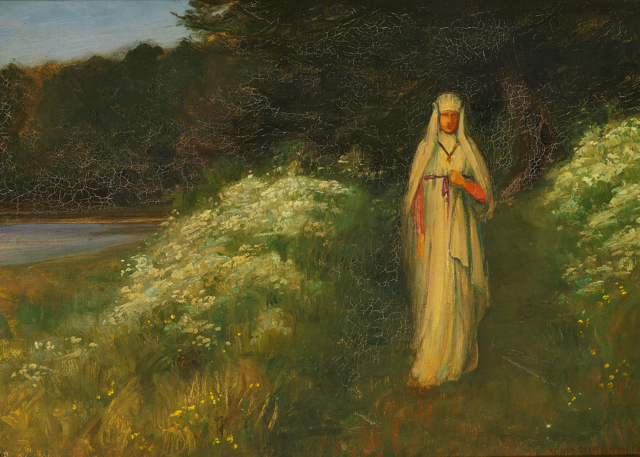
One of Slott-Møller’s most celebrated works, “Queen Dagmar’s Death,” exemplifies her ability to merge historical narrative with Symbolist aesthetics, creating images that are both visually arresting and rich in symbolic meaning. Her portrayal of Queen Dagmar on her deathbed, surrounded by figures from Danish history and legend, serves as a poignant meditation on themes of national unity and the transcendent power of love and sacrifice.
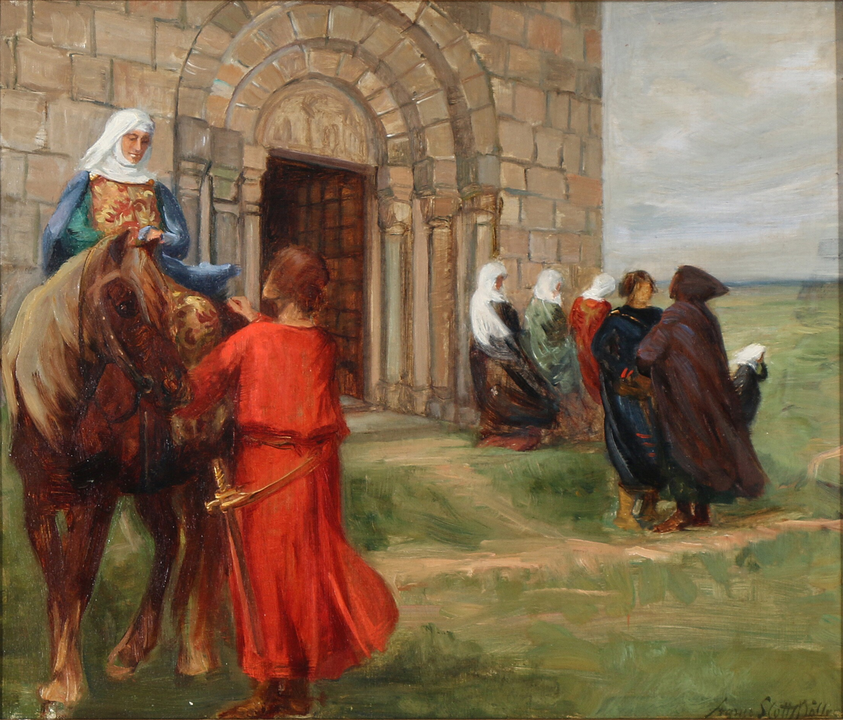
Despite her significant contributions to Danish art and culture, Agnes Slott-Møller’s work was often met with mixed reception during her lifetime. Critics praised her technical skill and the depth of her historical knowledge but sometimes questioned her overtly nationalistic and romanticized vision of Denmark’s past. Nevertheless, her determination to forge a unique artistic path, coupled with her deep commitment to exploring and celebrating Danish heritage, ensured her a lasting place in the annals of Danish art history.
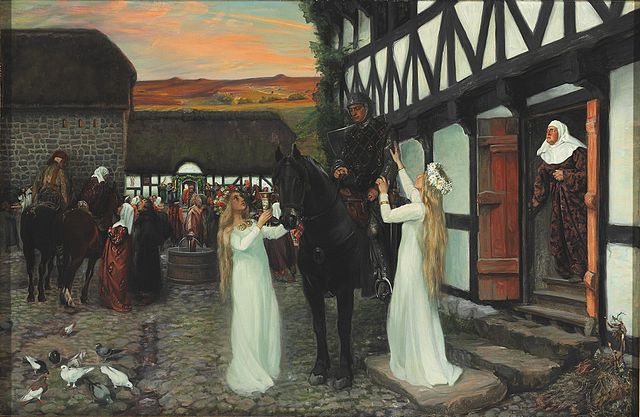
Agnes Slott-Møller’s legacy is that of an artist who navigated the crosscurrents of her time with unwavering conviction, using her canvas as a means to delve into the depths of national identity and historical consciousness. Her work continues to be celebrated for its beauty, its complexity, and its ability to connect the past with the present in a dialogue that remains relevant to this day. Slott-Møller passed away on July 16, 1937, but her art endures as a powerful reminder of the role of artists as custodians of cultural memory and visionaries who can inspire future generations to reflect on their heritage with pride and contemplation.





